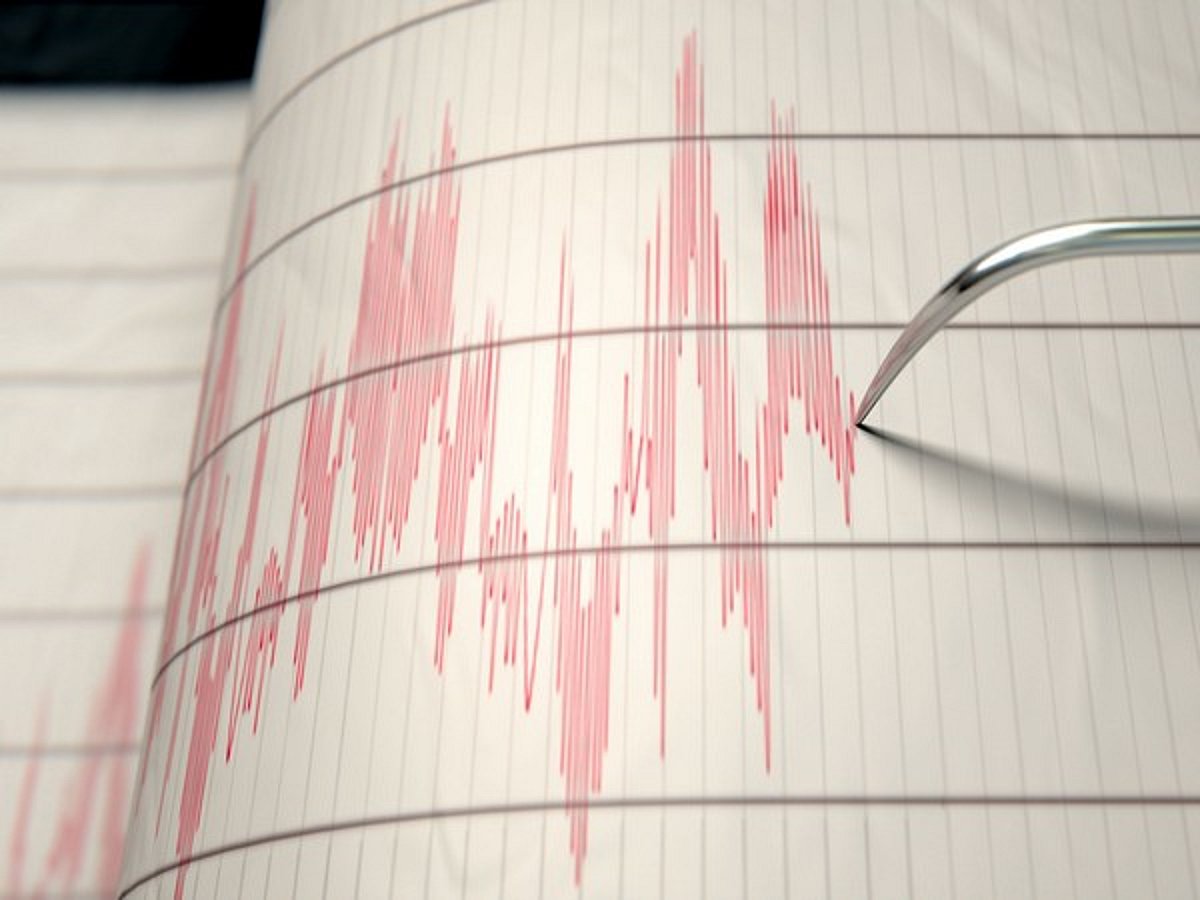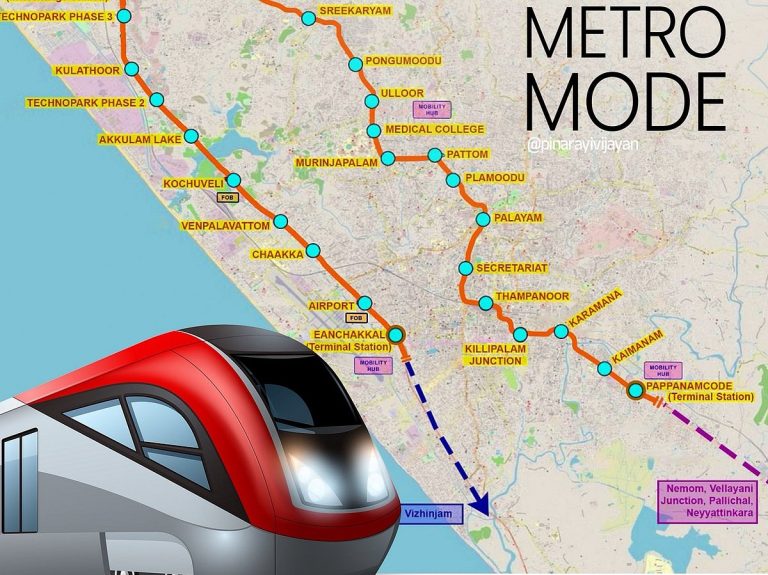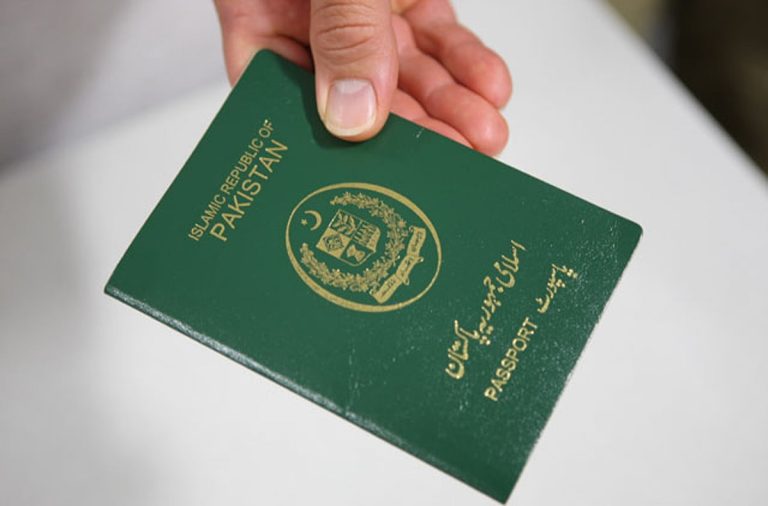Moderate Earthquake Hits Arabian Gulf, No Damage Reported
A moderate earthquake occurred in the Arabian Gulf early Sunday morning, as confirmed by the Saudi Geological Survey (SGS). The tremor, measuring 4.34 on the Richter scale, was detected without reports of damage or injuries.
Details of the Earthquake
The earthquake struck at 12:27 AM, with its epicenter located approximately 160 kilometers northeast of Khafji, within Gulf waters. The National Seismic Monitoring Network closely tracked the event, which monitors seismic activity in Saudi Arabia and its neighboring regions. Despite the quake’s moderate intensity, residents in nearby coastal cities did not report feeling it.
Regional Context
This seismic event is part of the ongoing monitoring of geological activity in the region. The SGS continues to assess and report on seismic occurrences, ensuring public safety and awareness.
FAQs
What was the magnitude of the earthquake?
The earthquake measured 4.34 on the Richter scale, indicating a moderate level of seismic activity.
Where was the epicenter located?
The epicenter of the earthquake was approximately 160 kilometers northeast of Khafji, in the Arabian Gulf.
Were there any reports of damage or injuries?
No damage or injuries were reported following the earthquake, according to the Saudi Geological Survey.
Conclusion
The recent earthquake in the Arabian Gulf was a moderate event that posed no threat to local residents. Ongoing monitoring by the SGS ensures that any future seismic activity will be promptly reported, maintaining public safety and awareness.
The Arabian Gulf is situated in a seismically active region, influenced by the tectonic interactions between the Arabian Plate and the surrounding geological structures. While the area is not known for frequent high-magnitude earthquakes, it does experience occasional moderate quakes, which are closely monitored by geological surveys and institutions. The Saudi Geological Survey plays a crucial role in tracking seismic activity, providing valuable data that helps to assess potential risks and inform the public about geological events.
In recent years, the Gulf region has seen a variety of seismic activities, although most have been of low to moderate intensity. The monitoring networks in place, including the National Seismic Monitoring Network, utilize advanced technology to detect and analyze seismic waves, allowing for real-time data collection and dissemination. This capability is essential for understanding the patterns of seismic activity and for preparing for any future events that may pose a risk to coastal communities and infrastructure.
The absence of damage or injuries following this earthquake is a positive outcome, reflecting the preparedness and resilience of the region. Local authorities and emergency services are trained to respond to seismic events, ensuring that they can quickly assess situations and provide assistance if necessary. The public is also encouraged to stay informed about seismic safety measures, which can help mitigate risks associated with earthquakes, even those of moderate magnitude.
In addition to monitoring seismic activity, the SGS conducts research to better understand the geological characteristics of the region. This includes studying fault lines, historical earthquake patterns, and the potential for future seismic events. Such research is vital for urban planning and infrastructure development, as it helps to identify areas that may require additional safety measures or building codes to withstand seismic forces.
The Arabian Gulf’s geological landscape is shaped by a combination of natural forces, including tectonic shifts and sedimentation processes. These factors contribute to the overall seismic profile of the region. As the population in coastal cities continues to grow, the importance of maintaining robust monitoring systems and public awareness campaigns becomes increasingly critical. The recent earthquake serves as a reminder of the dynamic nature of the Earth’s crust and the need for ongoing vigilance in the face of natural phenomena.
In conclusion, while the recent earthquake in the Arabian Gulf was a moderate event that did not result in damage or injuries, it highlights the importance of continued monitoring and research in the region. The efforts of the Saudi Geological Survey and other monitoring agencies play a crucial role in ensuring public safety and preparedness for any future seismic activity. As the region evolves, so too must the strategies for managing and responding to the natural forces that shape its environment.
Also Read:
UAE Residents Increasingly Interested in Crypto Investments
United Airlines Plane Collides at O’Hare, No Injuries Report
Frenchman Gets 30 Years for Wife’s Murder Without Body







